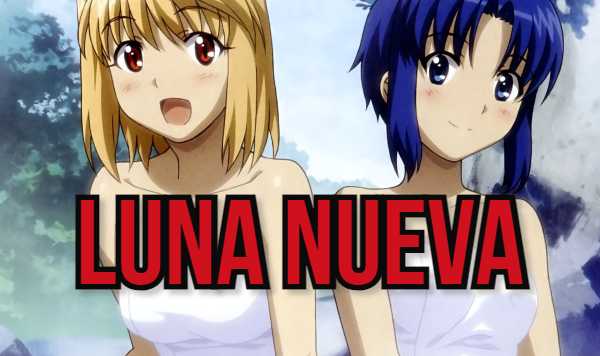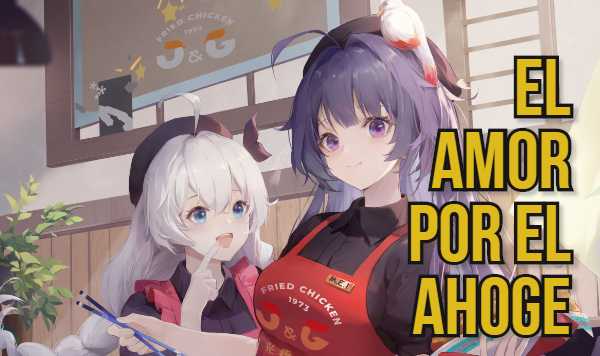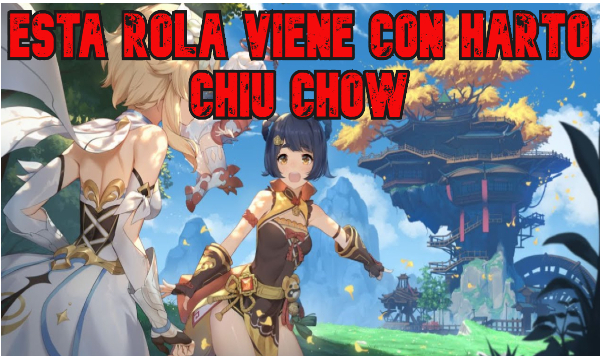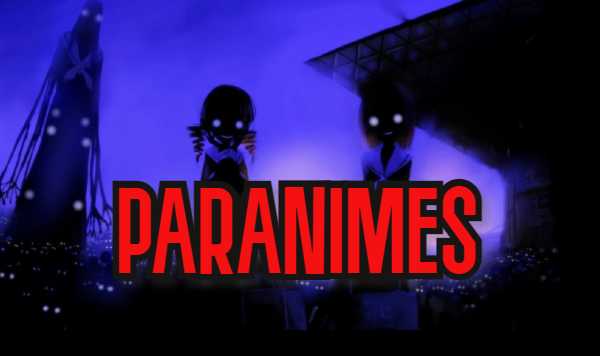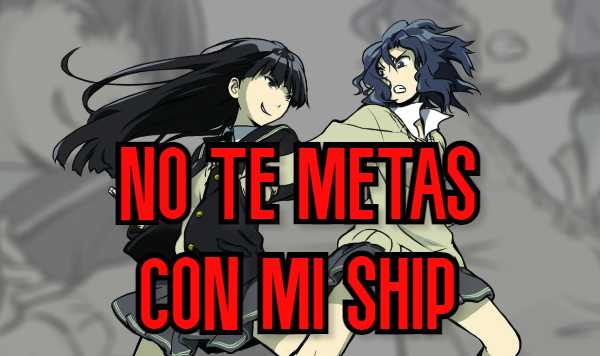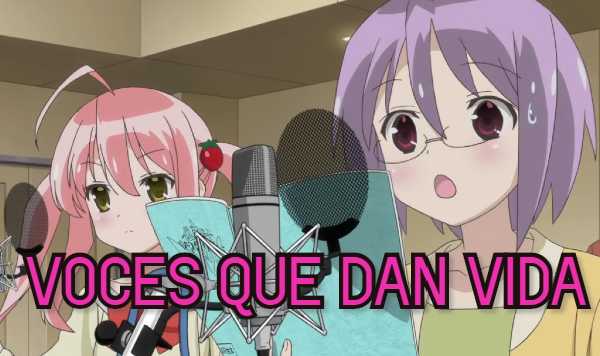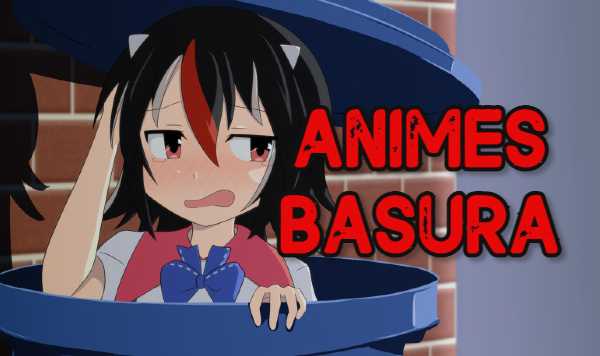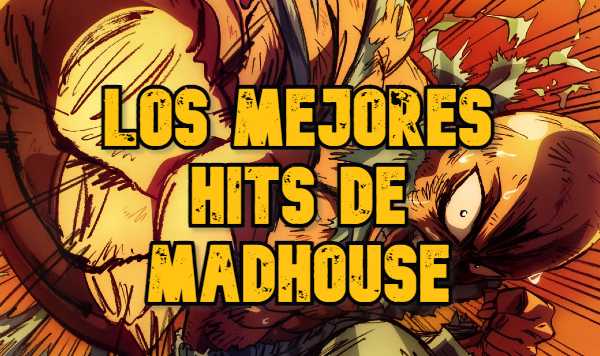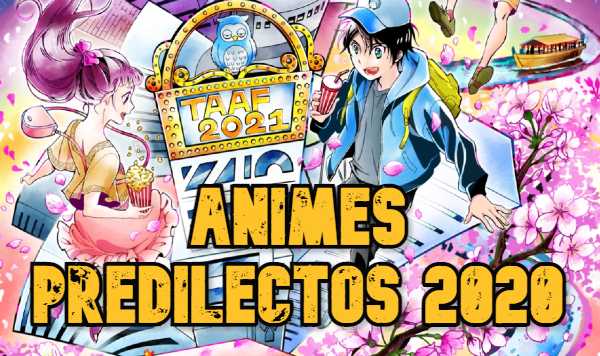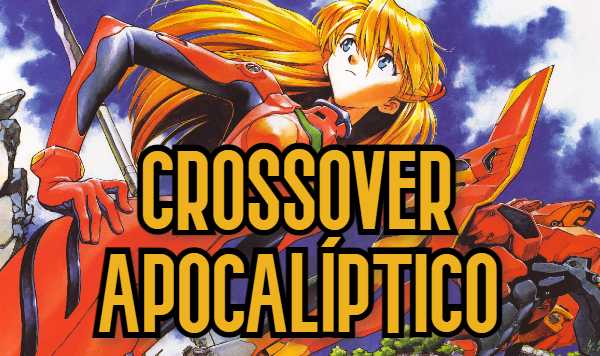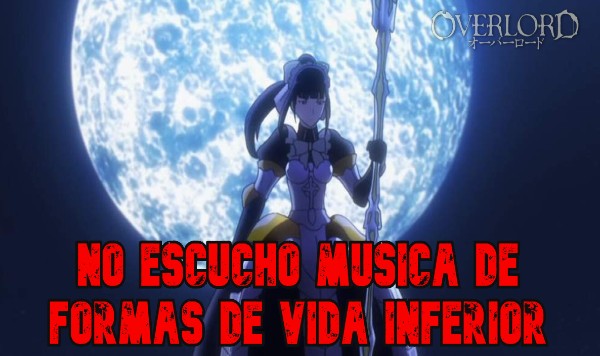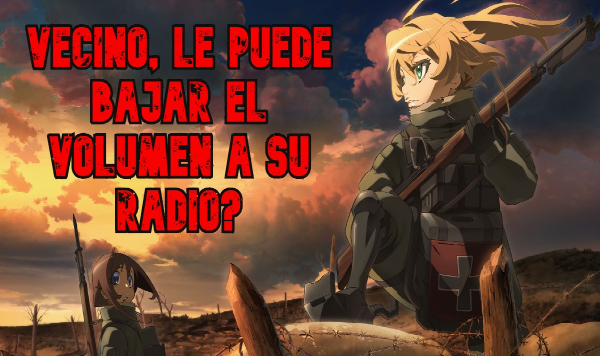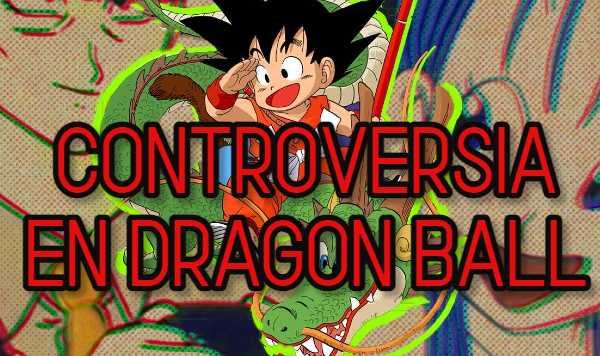What makes a manga so successful? The movie Kimetsu no Yaiba: Mugen Ressha-hen I have not caused the price of the volumes of the manga Kimetsu no Yaiba to skyrocket, reaching up to five times the original figure. The phenomenon around this title began with the transmission of the anime that bears the same name in 2019, but the manga dates from 2016. Its author, Koyoharu Gotoge, confessed to being greatly surprised by the success of its story.
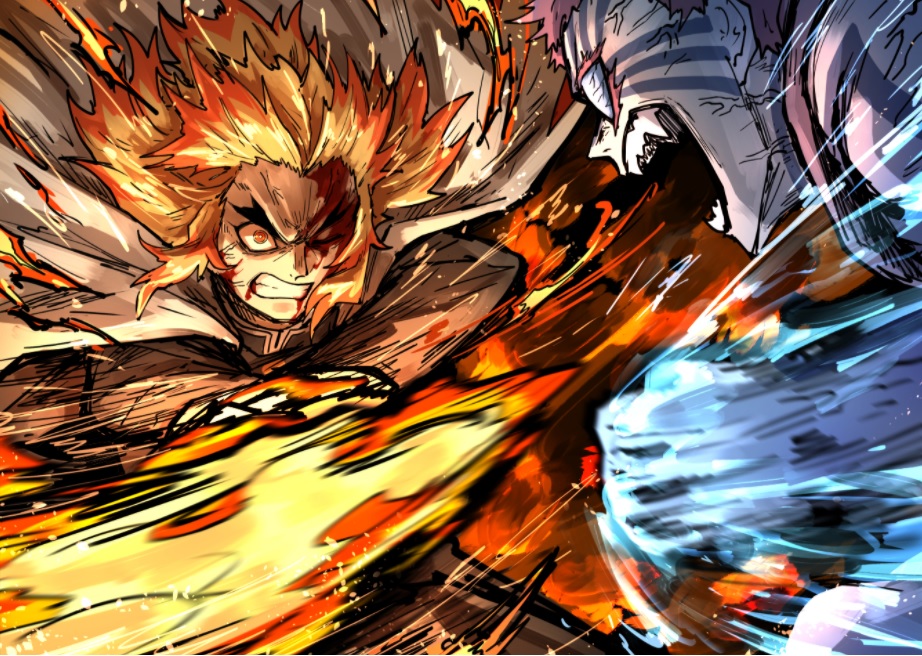
If we continue to use Kimetsu no Yaiba as a reference, it is easy to determine that the most relevant factor for its success was its anime adaptation. Many otakus were amazed at the level of animation that the Ufotable studio, especially in the action scenes, which many classified as “art in motion”. According to Hiroyuki Nakano, senior editor at Weekly Shonen Jump magazine, sales of the manga increased shortly after the Kimetsu no Yaiba anime ended. Since many fans were using streaming services, they opted to watch it in full rather than waiting each week for a new episode. Nakano commented that these days it is very difficult for a serialized manga to become a bestseller, unless its animated adaptation becomes popular.
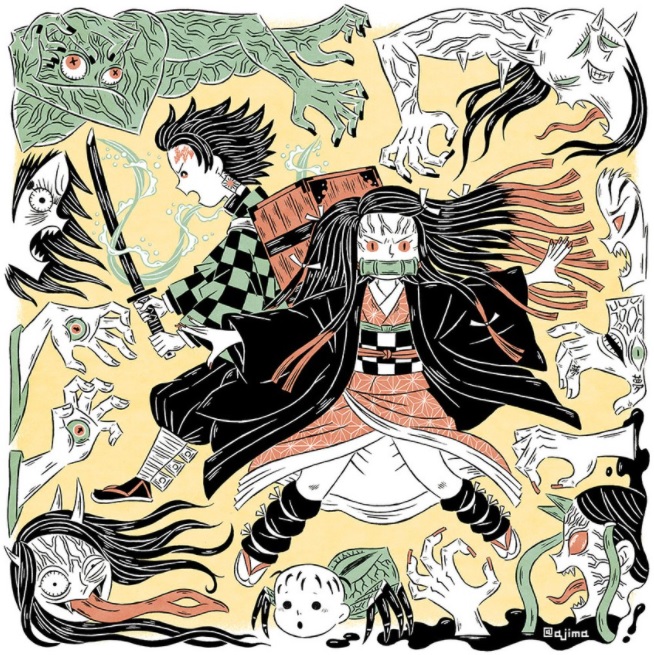
This applies to Kimetsu no Yaiba. The manga began to be published in February 2016, becoming widely recognized and famous at the end of 2019. The manga has received good reviews in the sections of dialogue, history and characters; however, Gotoge’s art has been classified as unpolished, inconsistent, and overloaded. Ufotable knew how to change that aspect, using its best resources, both human and artificial, to raise the artistic quality of the story and make it one of the most relevant factors for the popularity of anime. Of course, the gripping story of Tanjiro and his sister Nezuko created by Gotoge are also important ingredients that the Ufotable studio went to great lengths to adapt with the greatest fidelity and feeling possible.
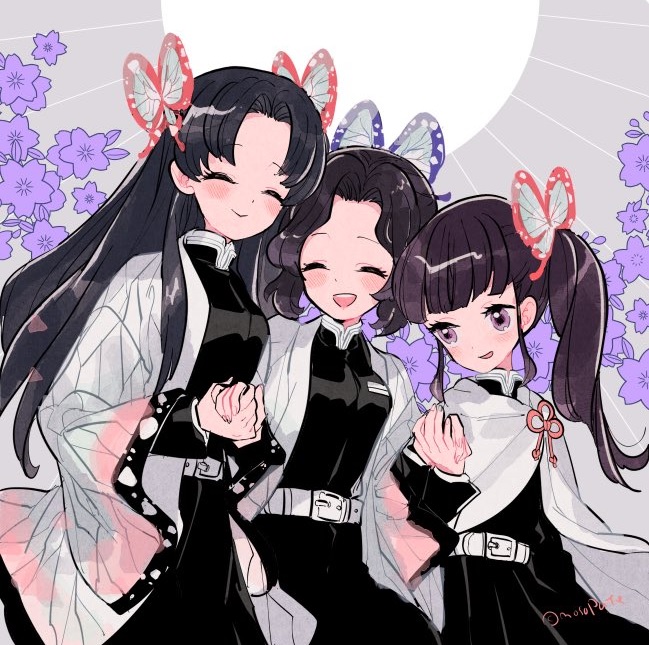
Having made it clear that anime is the springboard to fame for a manga (there are several examples apart from Kimetsu no Yaiba), the question remains, what factors decide the adaptation of a manga to anime?
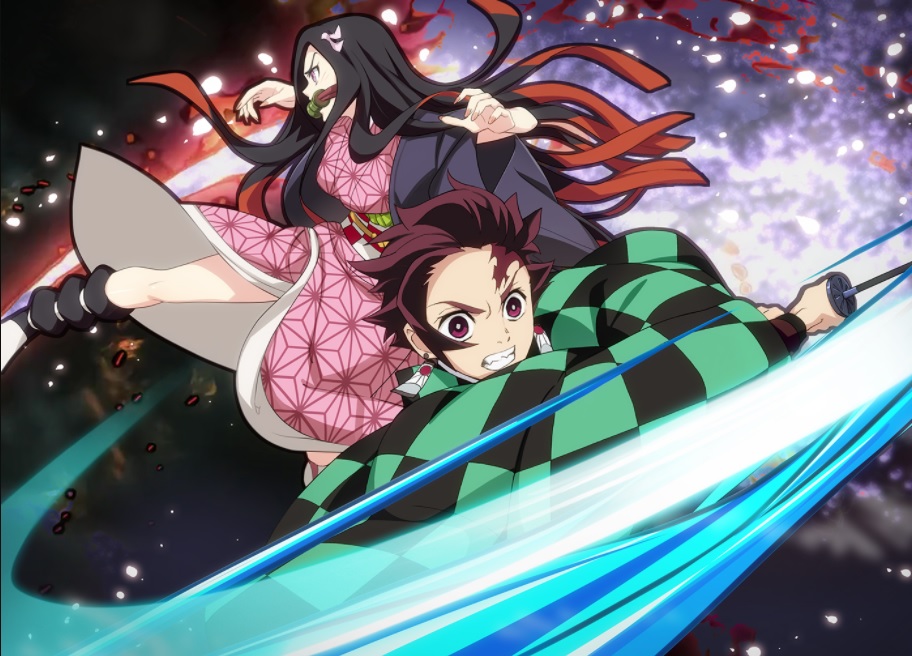
So if an anime is the main reason for a manga to take off, what do you need to make the leap to the screen in animated format? According to some well-versed otakus, the minimum requirements are as follows:
1. Fanbase:
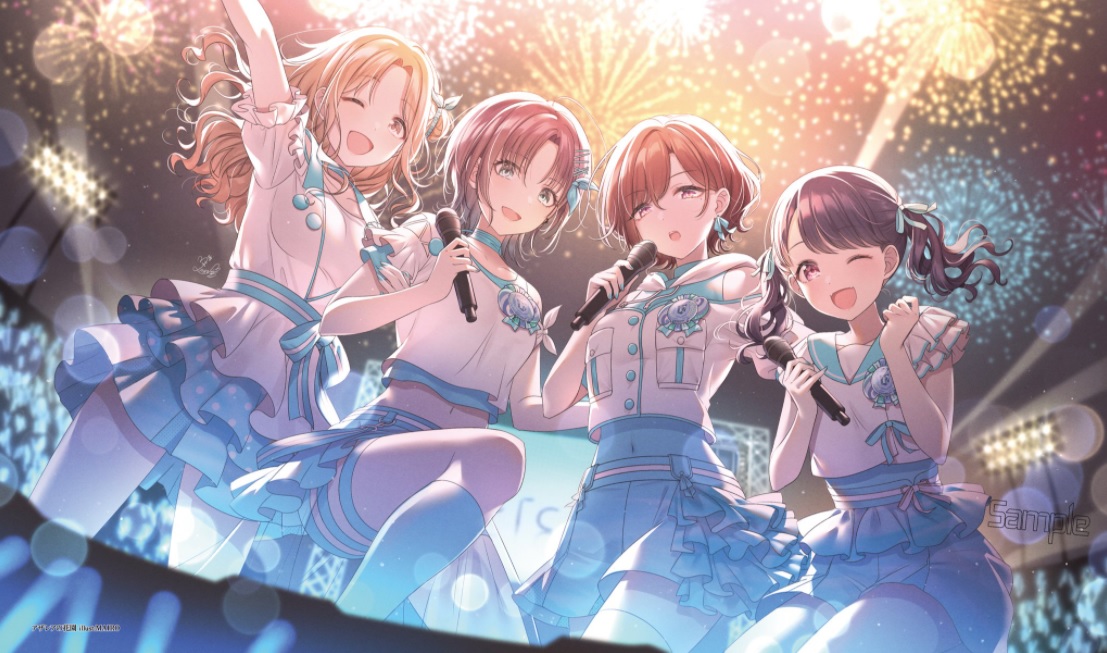
If the manga is well received by the public, it is very certain that it will amass a group of dedicated readers who will look forward to the next chapter. This is usually measured nowadays taking into account the impact of the manga on the internet: fan-arts, fan fictions, forums to discuss the history and characters, etc … The cosplay made by well-known artists or followers of the manga, either in events or in social media.
2. Contacts and reputation.
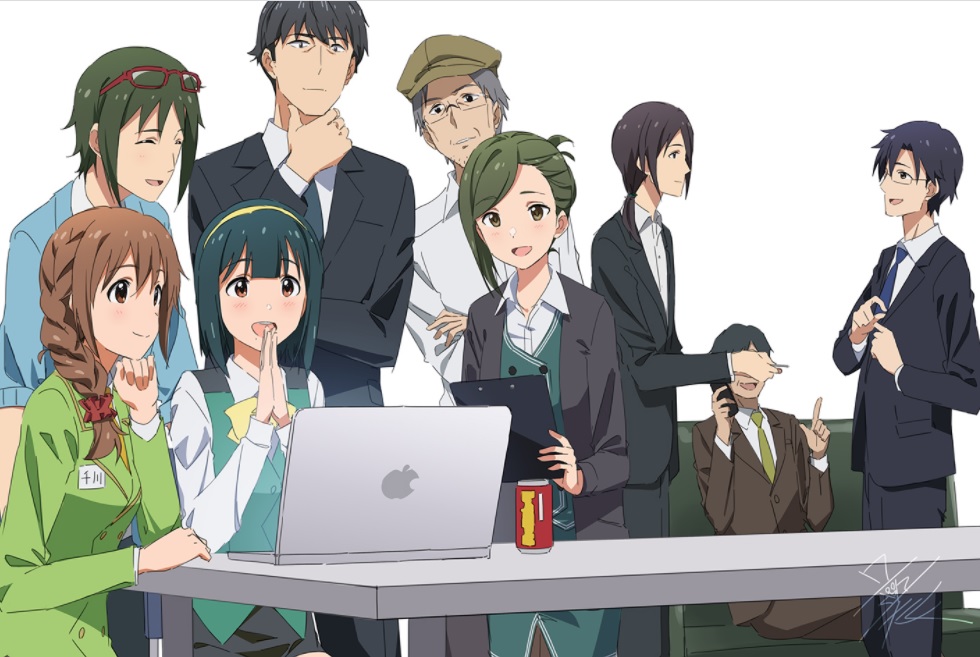
The reputation of the mangaka plays an important role. For mangakas with established fame (like Akira Toriyama or Rumiko Takahashi) it would be relatively easy to get their most recent works adapted to anime. Having acquaintances within the industry also helps a lot. However, for newcomers, reputation and contacts must be achieved slowly, so dedication in this area is essential.
3. Potential merchandise and target audience
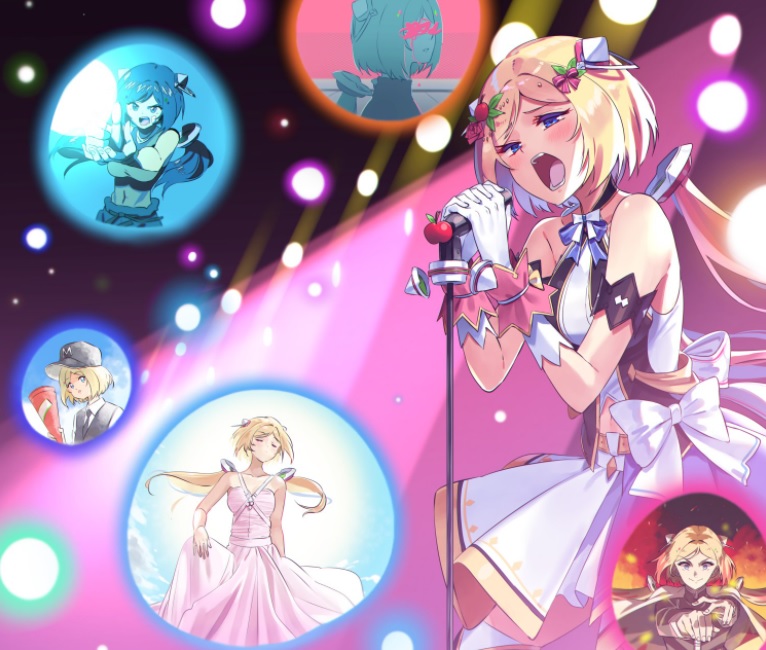
Producers interested in bringing a manga to the screen will debate how much potential the characters have to become objects that can generate additional profits. Whether as action figures, stickers, ornaments, etc… And those who read the manga are also analyzed to find out how far the derivative products will reach.
4. Duration and controversial value
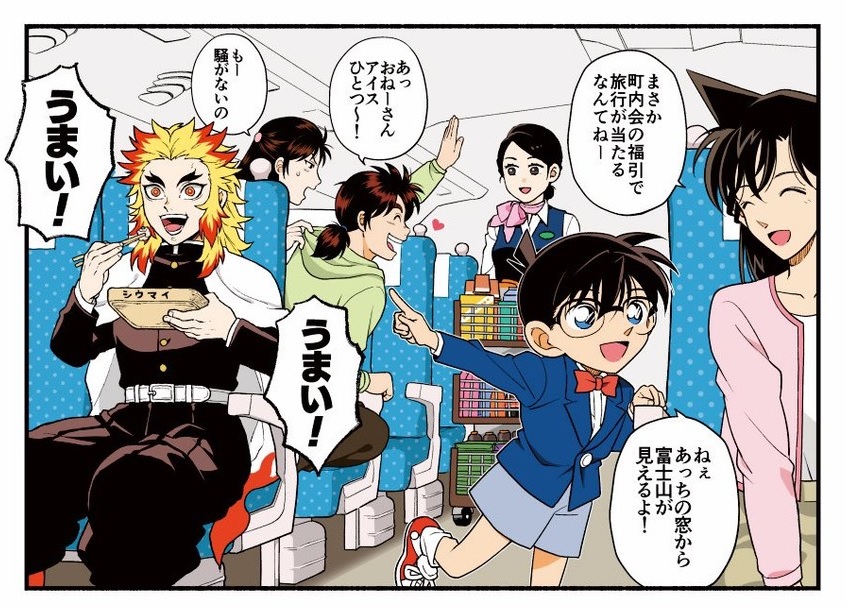
These days special attention has been paid to the longevity of a manga. Cases such as One Piece or Meitantei Conan are known, since they already exceed 900 chapters and do not seem to show that they are approaching their end. In those situations, the producers assess the quality of the story arcs and the development of the characters during the unfolding of the plot of each arc to ensure that they are consistent and do not put fans off. Another aspect is the controversy that the manga can cause. It is already usual that there is a group of people who are offended by the representation of the characters or certain themes in the anime, so it must be planned properly to avoid that protests and complaints do not capsize the anime and, by extension, by sleeve.
5. Competitive value and market niche
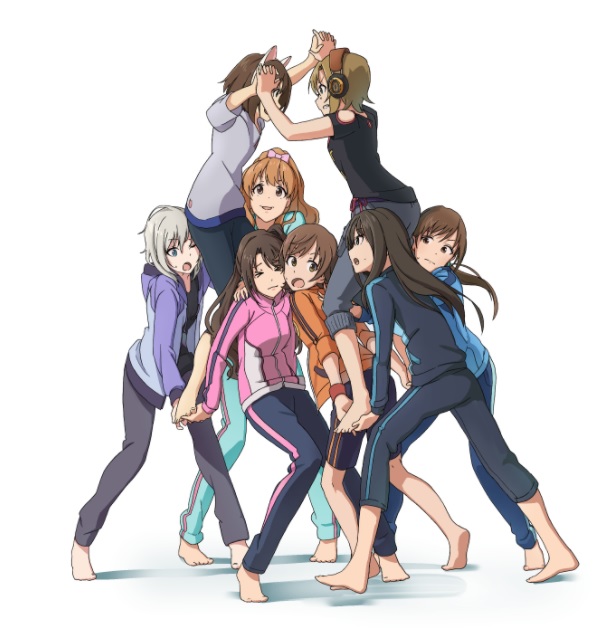
The genre of the manga comes into its own at this point. If it is a mecha manga, it will be expected that its anime will meet the expectations that franchises such as Gundam or Evangelion established at the time. In addition, you must have the certainty that you can stay afloat in case another manga of the same genre adapts to the anime as well, or if it enters into competition with a mecha anime from another studio at the same airing time. On the other hand, the interest of the spectators must be well satiated, but expectant, to ensure the production of a second season.
6. Release and versions
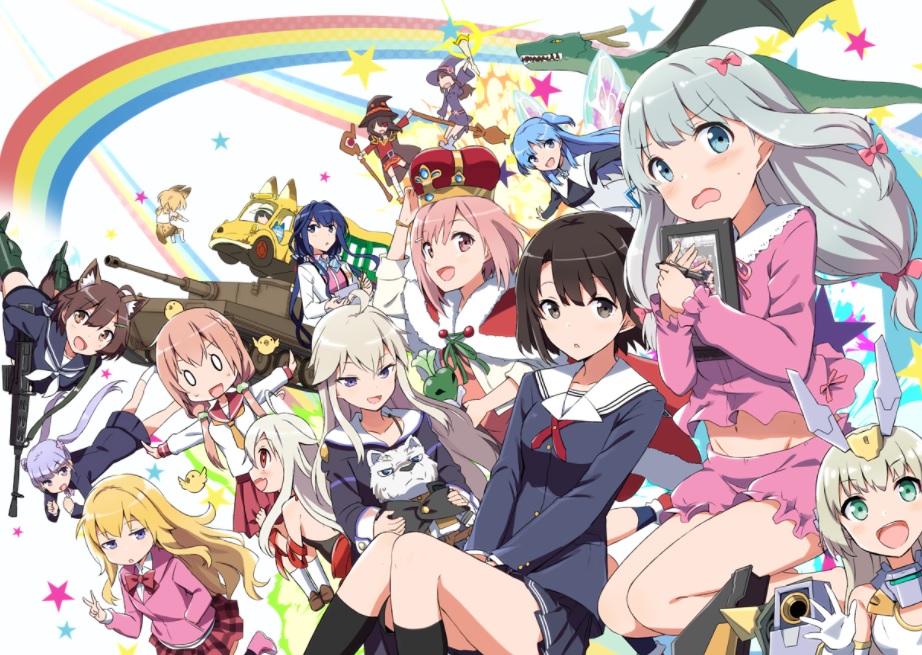
If it is a series that has compiled volumes, it is a clear indication of its popularity among the readers of a varied manga magazine, such as Shonen Jump. When a manga detaches itself from the thick tomes that include other stories, it is a good sign that it promises a future on screen as anime. They also serve as references if the volumes have been translated, either by fans or official media, and if they have been hacked to be distributed on pages that offer free manga. Although this last factor is somewhat regrettable, it speaks volumes about how popular the series is.
Finally, it is enough for a studio to decide to choose one of the many manga that meet these requirements to start the passage of a story recorded in ink and paper to the screen of many otaku spectators.
Social Media Author: [RonLaoHu]
